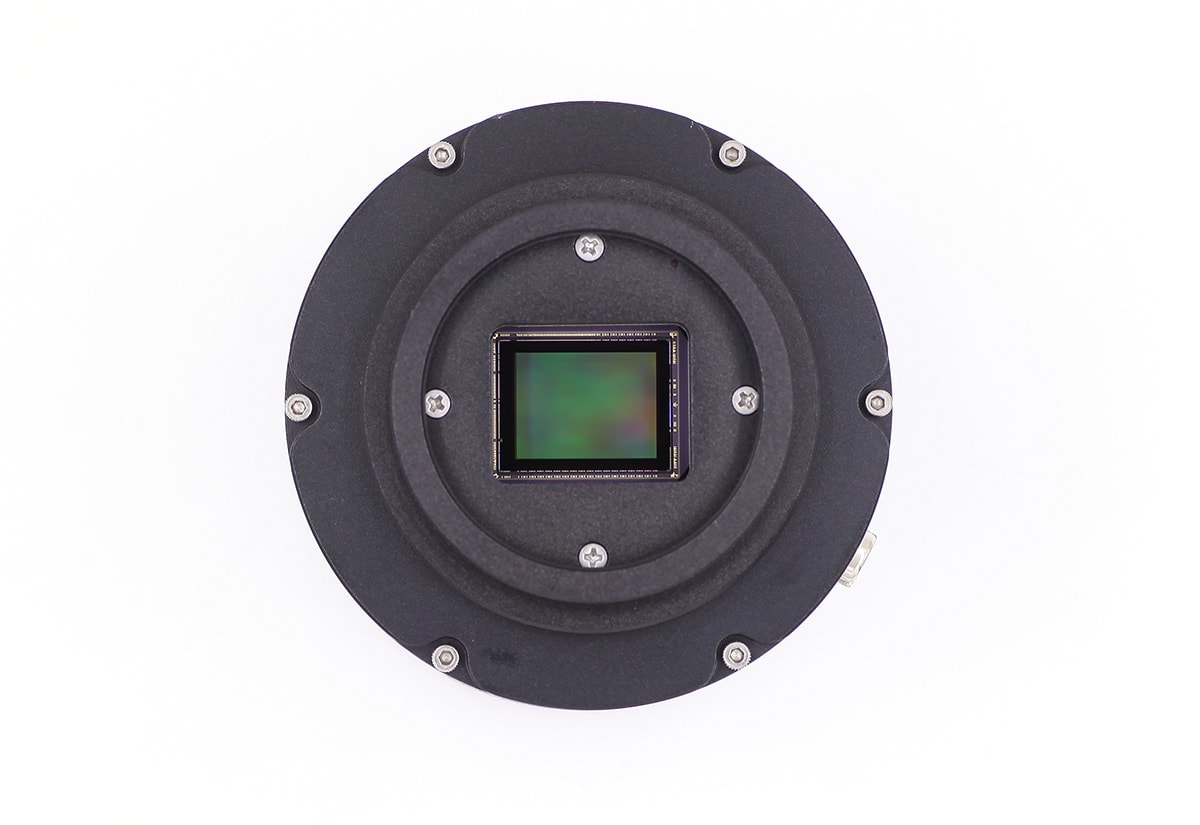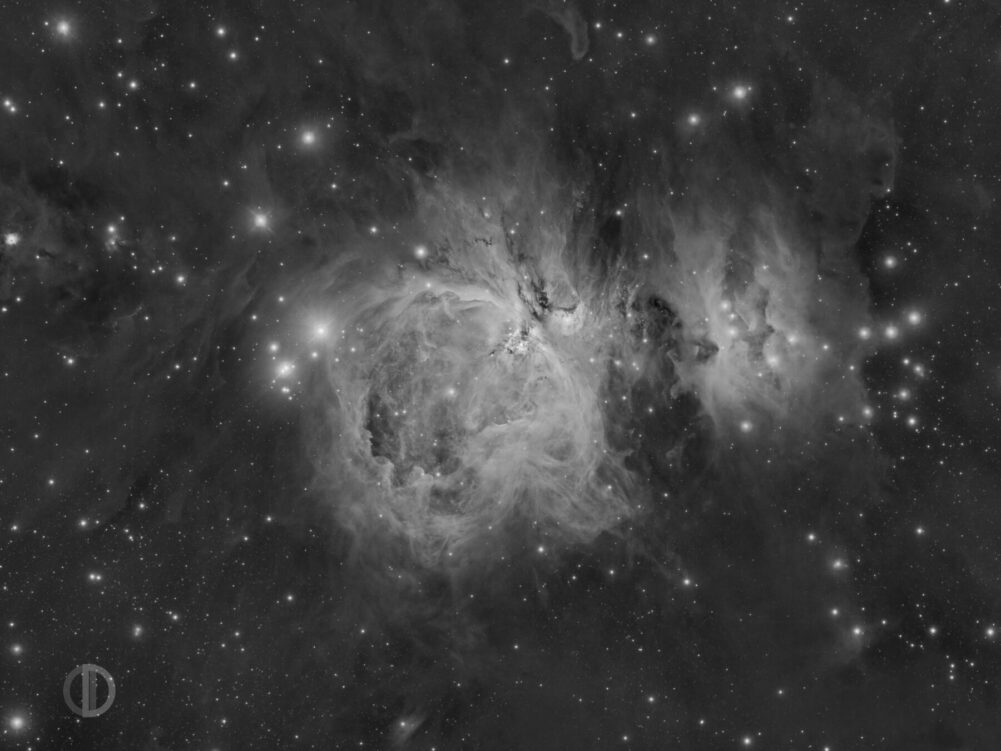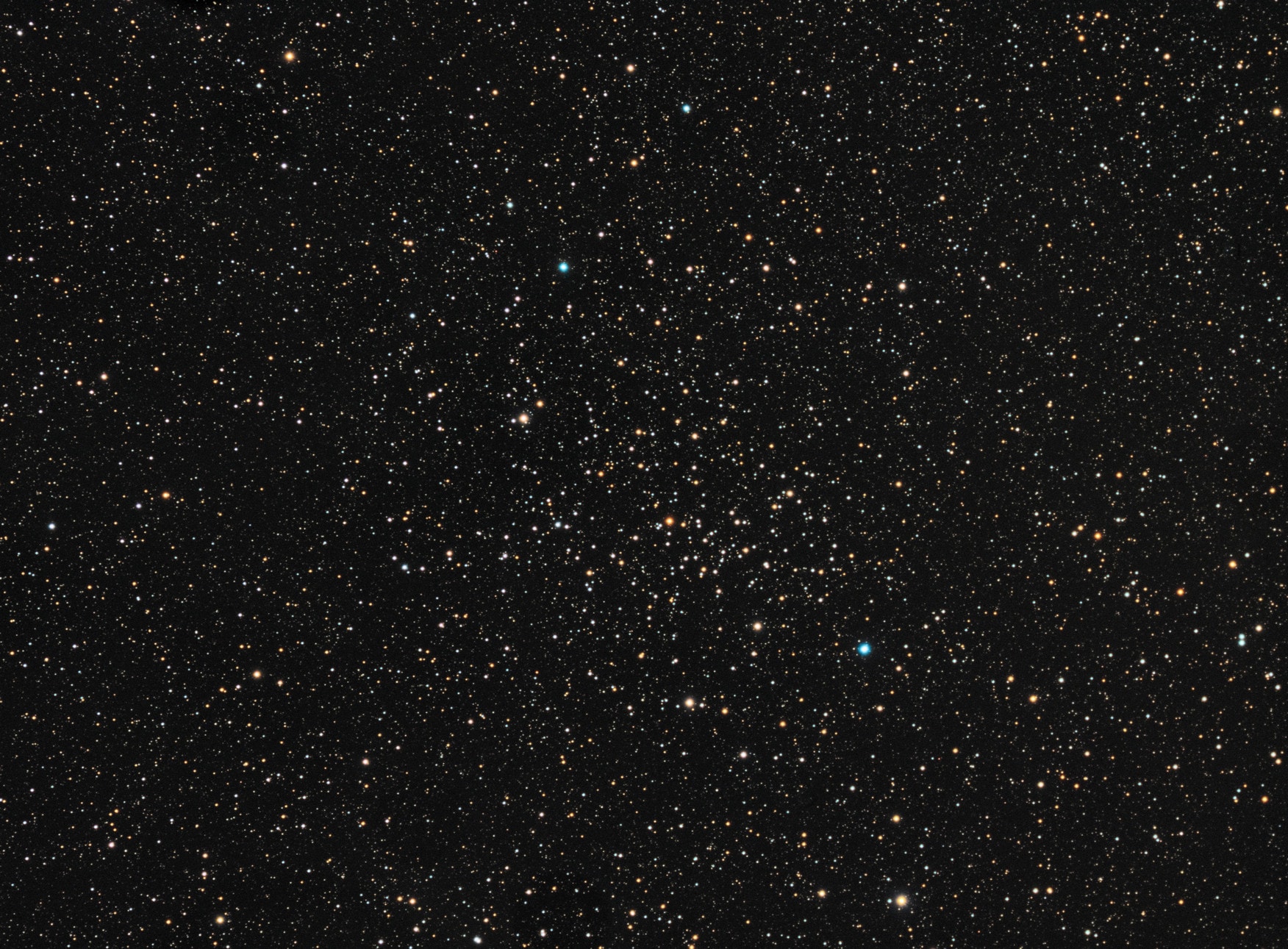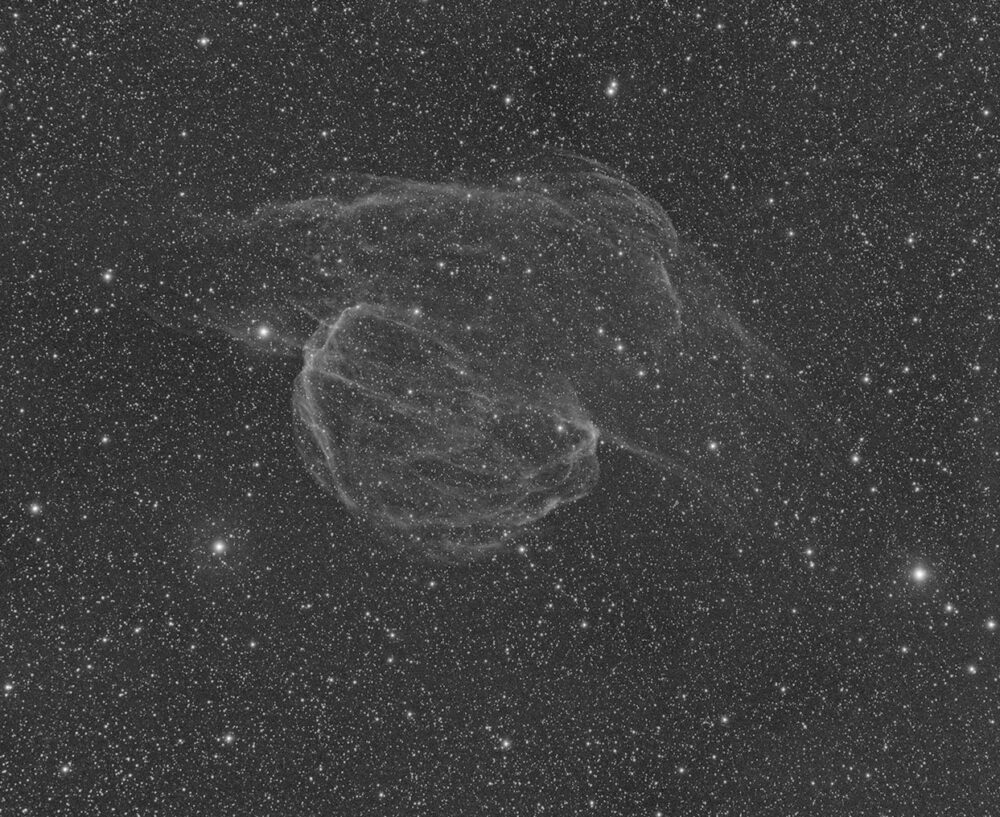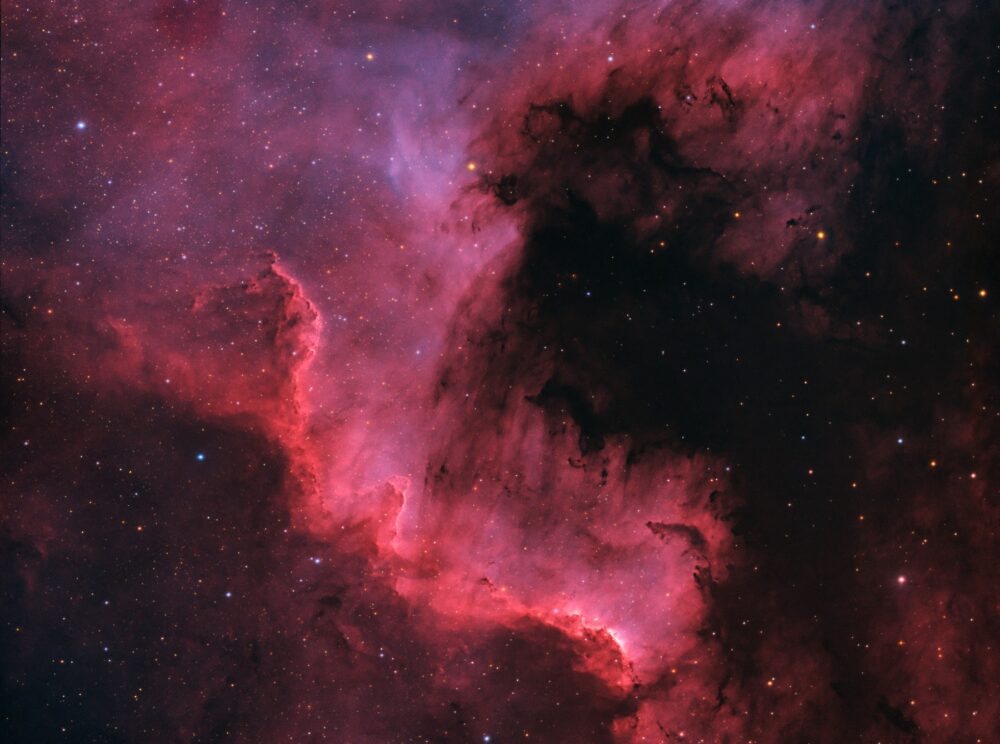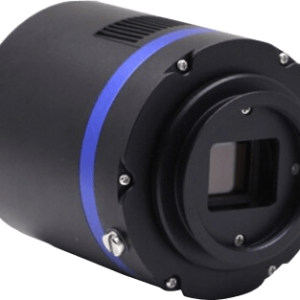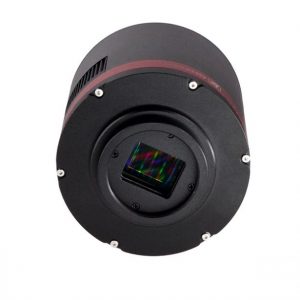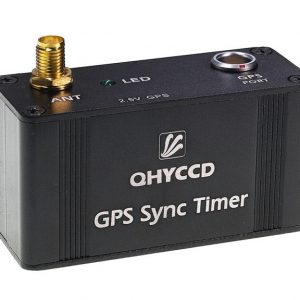QHY QHY163 Mono or Colour.
QHYCCD Medium Size Cooled USB 3.0 Planetary and Deep Sky COLDMOS Camera. 16 Megapixel CMOS sensor!
The QHY163M/C camera is an incredible value. It uses a relatively large 4/3inch, 16 Megapixel CMOS sensor, available in both monochrome and color. The QHY163M/C has exceptionally low readout noise (as low as 1 electron!), low dark current and two-stage cooling capable of reducing the sensor temperature to -40C below ambient. The sensor chamber is sealed and the optical window is heated to prevent dew. The camera’s interface is USB 3.0 and delivers 23FPS@16 megapixel full resolution output, 30FPS@4K HD video output.
128MB DDRII Image Buffer
QHY163C has a built-in 128MB DDRII image buffer. The benefit of the image buffer is that the memory will cache the image and transfer it to the computer when the USB interface is not busy or being interrupted, and the frame will not be lost or corrupted. This buffer also allows a slower computer with USB 2.0 socket to capture every frame without loss even if the USB socket is occasionally busy with other peripherals. This buffer also helps multiple camera applications and avoids USB transfer problems. For example, it is possible to operate four QHY163M cameras on the same computer to create an LRGB imaging array.
Anti-Dew Technology
With more than a decade of experience designing cooled cameras, QHYCCD has applied this knowledge to the QHY163 camera. The full anti-dew technology includes a sealed CMOS chamber with silicon gel tube socket and a heated chamber optical window. This technology prevents dew from forming on the sensor itself, or on the chamber window, even in a high humidity environment.
Independent Review
For an independent technical review of the QHY163M, click here, you could read a very thorough discussion regarding reading noise, full well capacity, dark current, noise FFT and other information: Step from DSLR to QHY163M.
Main Features:
- Cmos sensor: 4/3 inch 16 Megapixel CMOS
- Sensor:
- Color or
- Monochrome
- Effective Pixels: 4656 * 3522
- Pixel Size: 3.8um x 3.8um
- Effective Area: 17.7mm x 13.4mm
- Shutter: Electric Rolling Shutter
- Readout Type: Progressive Scan
- FullWell: 18-20ke Typical
- QE: TBD
- Readout Noise: 2.4e@low gain 1e@high gain
- System Gain: TBD
- Unity Gain: TBD
- AD Sample Depth: 10-bit/12-bit (8-bit/12-bit output)
- ROI Support: Yes. Any Area ROI
- Exposure Time: 50us – 1800 sec
- Frame Rate (on 8bit) :
- 22.5FPS@16MP, 30FPS@4K HD Video
- 57FPS@1920*1080, 60FPS@1280*1024
- 80FPS@1024*768, 100fps@800*600
- In-Camera Image Buffer: Yes, 128MB DDRII Buffer
- Cooling:
- 2-stage TEC, -40C below Ambient, typical.
- Temperature Regulated
- Power: USB Powered for camera and +12V powered for TEC
- Anti Dew Control: Air Connector for removable silicon gel tube – Heat board for optic window of airproof CCD chamber
- Computer Interface: USB 3.0 Super Speed
- Telescope Interface: M42/0.75 & 2-inch adapter. Optional C-mount adapter
- Color Wheel Port: 4-pin QHYCFW2 socket
- Guide Port: 6-pin RJ11 Guide Port
- Optic Window: AR+AR (Mono) – IR+AR(Color)
- Power consumption: TBD
- Electric Interface: 12V input with lock, USB3.0 socket, 4PIN QHYCFW, 6PIN RJ11
- Weight: 450g
Performance Chart
It is very important to understand the “unity gain” concept for CMOS Cameras and select a suitable gain for capturing. The unity gain is the gain position that the system gain is 1e/ADU. At lower gain settings, the system gain will exceed 1e/ADU and this will cause the sample noise.
For DSO capture, there are two capture methods.
- One is the traditional long exposure DSO capture,
- Another is the Lucky imaging method with a short exposure and high quantity stacking.
For the long exposure, you can use the lower gain to avoid the image get saturated. For lucky image, you need to use high gain to reduce the readout noise and avoid the sample noise.
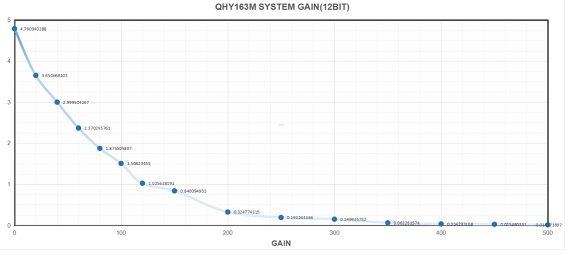 | 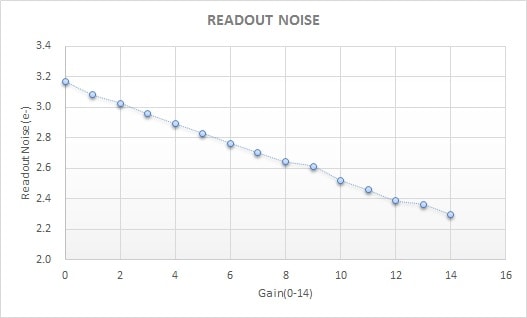 |
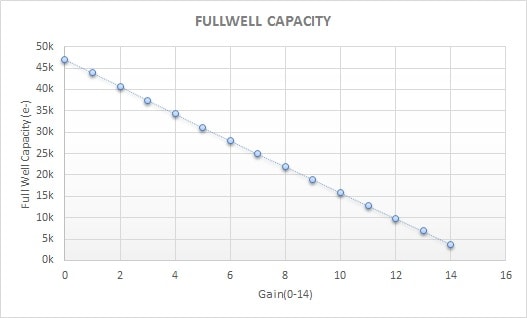 | 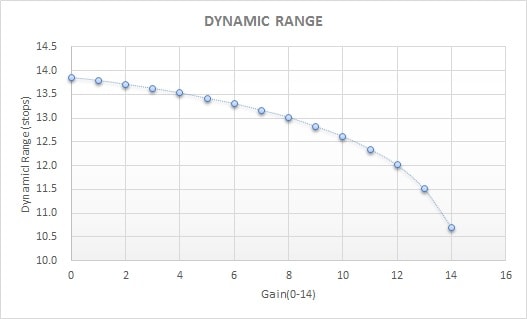 |
QHY163C Beta Testing Images. Here is a first light beta test report of the QHY163M on CloudyNights Forum, including some DSO images and test data of the system, read noise, gain, and full well capacity.
| M42 – 36x180sec, 16x30sec Luminance filter, Gain=5, Offset=35d, by David with FSQ106EDXIII | NGC6940, 30minutes L, 3x15minutes RGB, QHY163M TS Photoline 130mm refractor, EQ6 mount. Captured by Lukasz_Socha, Poland |
| A very faint Object SH2-224 captured by David. QHY163M, WO FLT-98, gain 9 and offset 30, 62 frames of 8 min | NGC7000, 6×10 min H-a, 6×10 min OIII, 3x8x2 min, QHY163M TS Photoline 130mm refractor, 0.79 focal reductor EQ6 mount. Captured by Lukasz_Socha, Poland |
Mechanical configuration of the camera
You can install the camera on different telescopes and lenses with the different accessories that QHYCCD has developed. In case of doubt, contact us at info@lunatico.es.
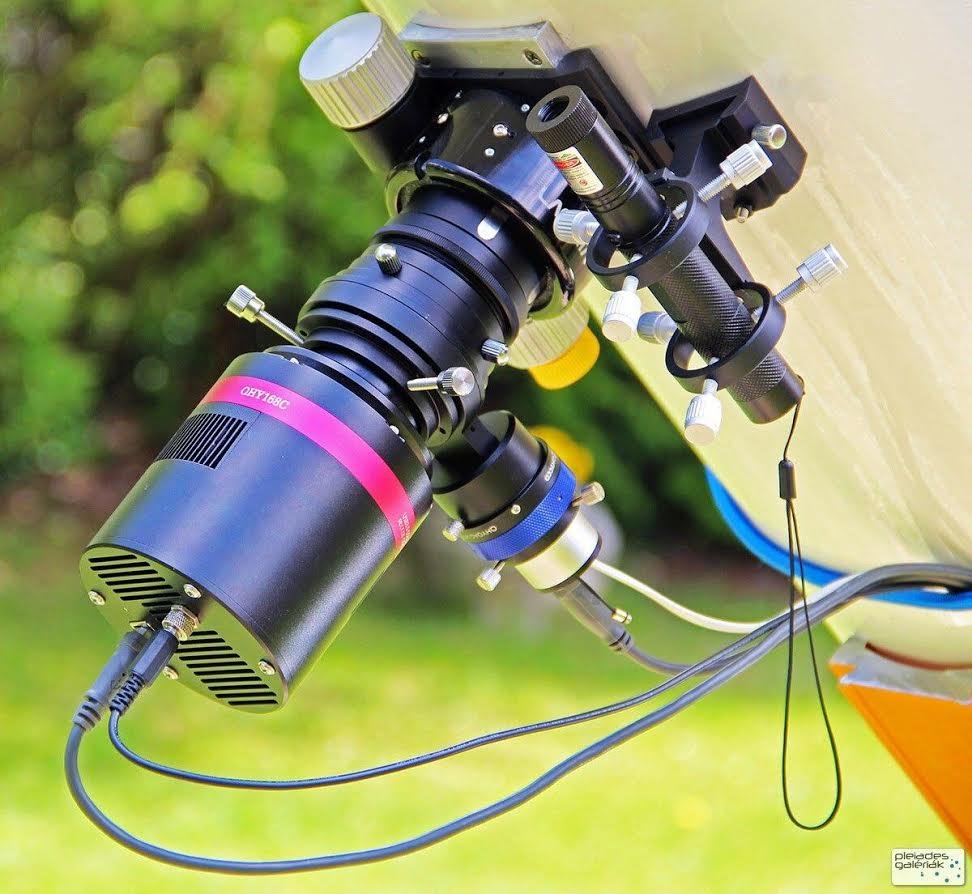
More information:


